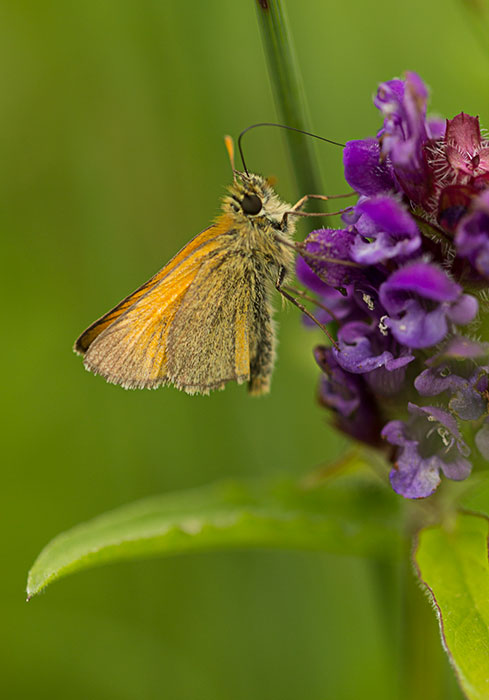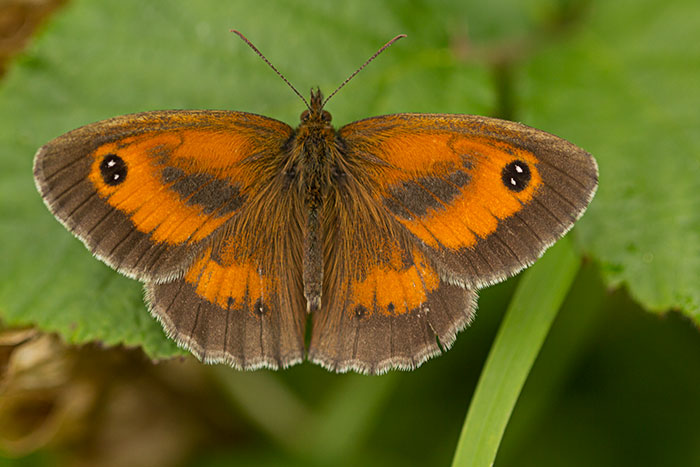Magical Meadows, a haven for wildlife
Last week’s wonderful guest post about the creation of a wood-meadow by Lin Hawthorne inspired me to revisit one of several local and rather magical meadows. I thought I would share with you a few of the reasons why, for me, it is such a special spot.
Let me start by describing it. By comparison to Lin’s lovely space, it is a much smaller plot for starters at under two acres. It is a vaguely almond shaped field which lies alongside a railway line. On the one side it is bounded by the embankment which is covered in low growing trees and shrubs, while the other is contained by a mixed hedgerow backing on to a country lane. It is wetter at one end than the other and there are a profusion of ant hills dotted throughout the space. Rabbits are frequently seen diving for cover and the peace is shattered at regular intervals by the passing of trains on the main East Coast line. I suppose this doesn’t make it sound like such a magical meadow after all, but that is where it can be misleading.
The rabbits, a pest to many farmers, are key in maintaining the sward length and encouraging the growth of flowering plants among the grasses. The damp conditions at the one end promote variation of plant species too and these conditions, combined with an unusual calcareous clay soil type which is unimproved by fertilisers, have lead to a wonderful diversity for such a small site.
Summer is undoubtedly the best time of year to visit a meadow too, as they literally hum with life in the warmer months and this meadow is no exception. It all begins in late spring when the weather begins to warm and the first flower buds open. Pale yellow Cowslips and more vibrant Buttercups are juxtaposed beautifully by the blue of Speedwells. Adder’s Tongue ferns nestle beneath the hedge, spikes of more exotic looking beauties are beginning to grow and there are insects on the wing. The most striking of course are the butterflies, Orange Tip and Brimstone joined by tiny Grizzled Skippers, a rarity round these parts. Here is the first true sign that this is indeed a special place.
Returning over the weeks that follow, those mysterious flower spikes develop and bloom, revealing their hidden beauty; Bee Orchids, Greater Twayblades and Pyramidal Orchids take to the floor. Alongside these are a plethora of other wonderful flowering plants including Yellow Rattle, Black Knapweed, Self-Heal, Purple Loosestrife, Fairy Flax, Dropwort… the list goes on.
Indeed there are plenty of insects too and the butterfly numbers have multiplied. Now there are Meadow Browns and Ringlets so plentiful that with every step you flush up two or three. They are joined by Large and Small Skippers, showier Gatekeepers, and my personal favourites; Marbled Whites. They aren’t the only insects of course; Picture Winged Flies wave at one another on plant leaves while Crickets and Grasshoppers scratch their chorus, hoverflies galore hang round every bloom and masses of bumblebees add their dulcet tones to the buzz in the meadow. Chiffchaff, Chaffinch and Whitethroat sing from the railway embankment too.
Suddenly this tiny patch of land is humming with life, brimming with colour and as tranquil as you could wish, even when a train roars past!
Of course, being such a haven for so many species it has not gone unnoticed. It is designated an SSSI and is managed by the Wildlife Trust for Bedfordshire, Cambridgeshire and Northamptonshire who do a fantastic job in conserving it for future generations. I am of course talking of the perhaps slightly misnamed Woodwalton Marsh if you hadn’t already guessed. If you haven’t been there, I recommend you drop in and now is as good a time as any with the meadow in full bloom and the butterflies fluttering between the flowers.









